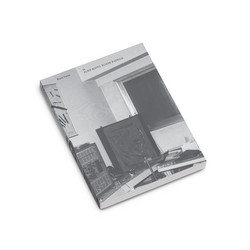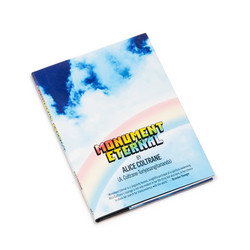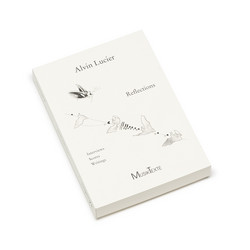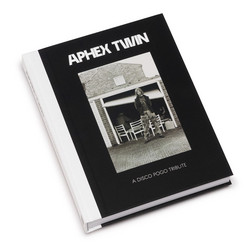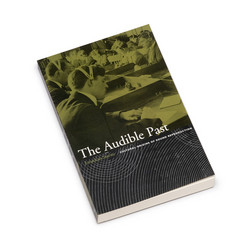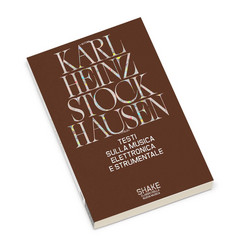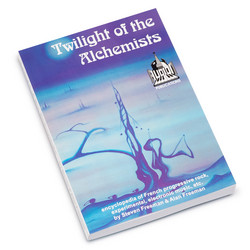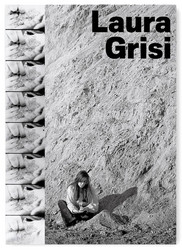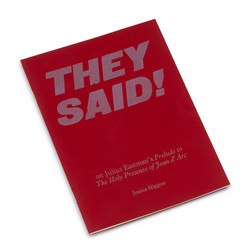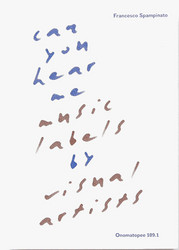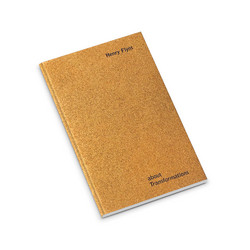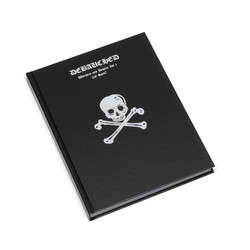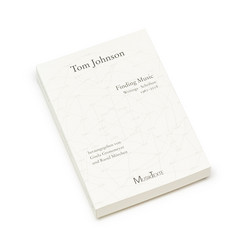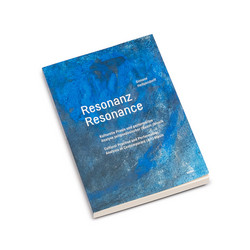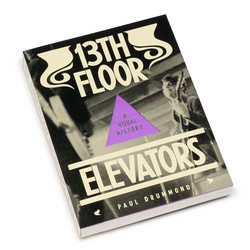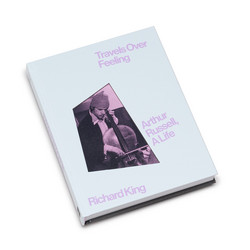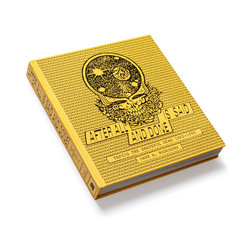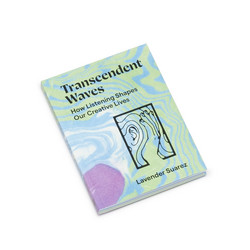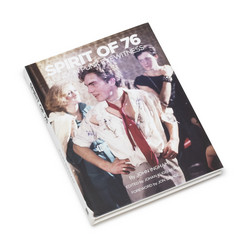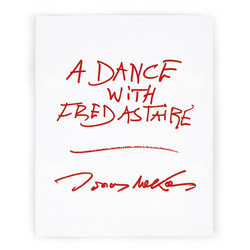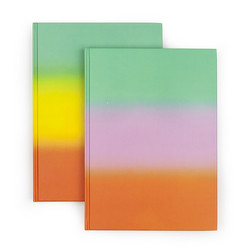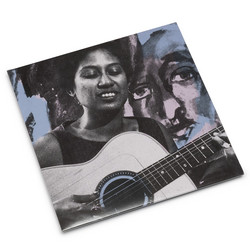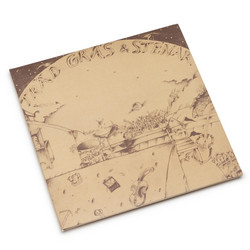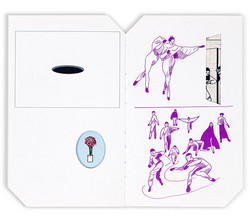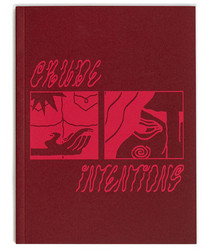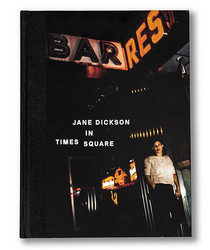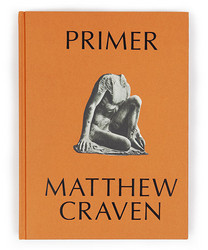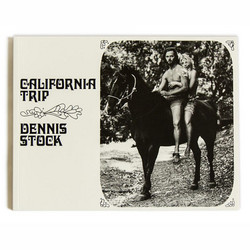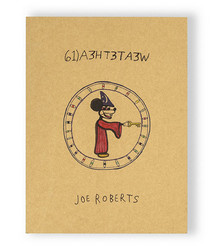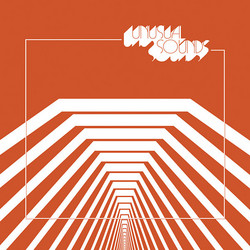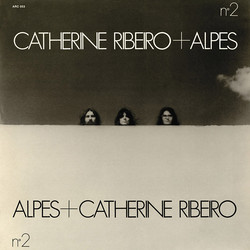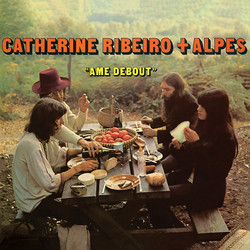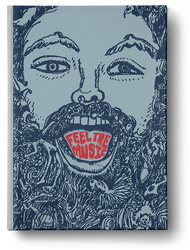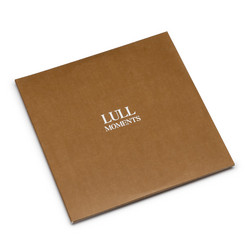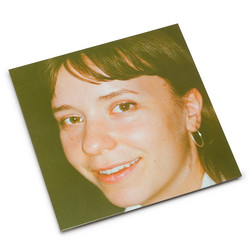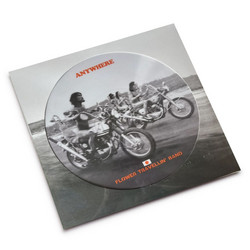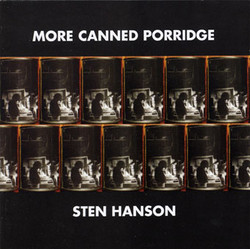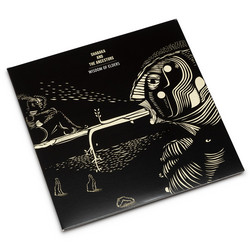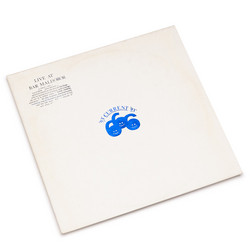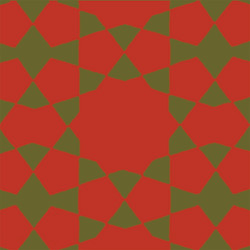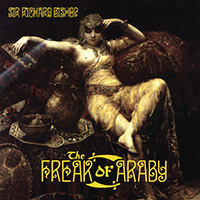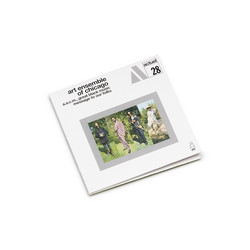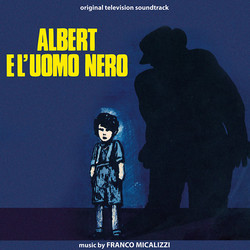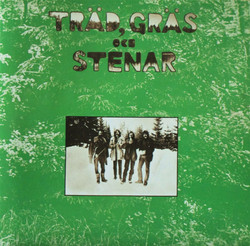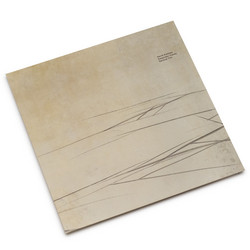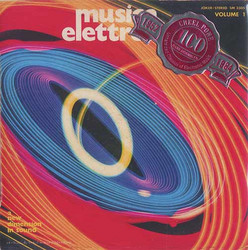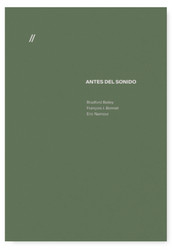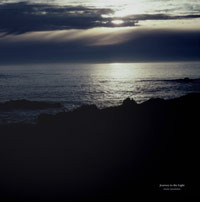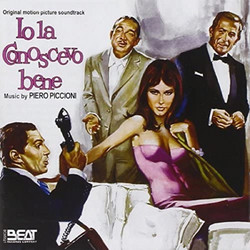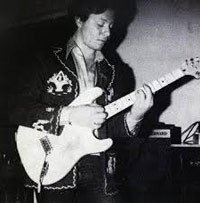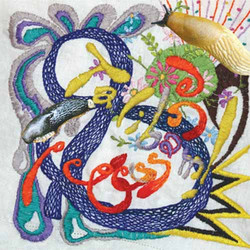Hakan Agnsater, Jakob Sjoholm, Mats Eriksson DunerFeaturing: Trad, Gras Och Stenar
Trad, Gras Och Stener: A Collective History (Book)
Huge Tip! 400 pages, 387 Images. The story of the legendary Swedish psych rock band Träd, Gräs och Stenar is also a defining story of alternative culture. Across multiple incarnations, the musicians of this iconic group (whose name translates to “Trees, Grass and Stones”) have drawn on their roots in jazz and the avant-garde, the iconoclastic art and theater of the 1960s, and the back-to-the-land “green wave” movement to blaze a pioneering trail across fifty years of endlessly improvisational, resolutely DIY rock and roll jams. In this book, the collective’s members tell their story for the first time, accompanied by a vast archive of photographs, newspaper clippings, posters, flyers, album covers, and paintings. With its in-depth oral history and rich visuals, this book provides valuable insight into over five decades of internationally-renowned musical and countercultural innovation.
What if the Velvet Underground, the Grateful Dead, and Faust were all stages in the development of one group? Well, in the late ’60s and early ’70s, a collective of Swedish musicians underwent an evolutionary arc much like that, and their journey from Pärson Sound to Harvester/International Harvester to Träd, Gräs och Stenar (Trees, Grass and Stones) can be traced across about a half dozen fascinating albums that have drifted in and out of print but are absolutely worth searching for.
It all started in 1967, when several members of the Swedish pop band Mecki Mark Men split off to form Pärson Sound, an experimental psychedelic unit. The lineup included Bo Anders Persson on guitar, Thomas Tidholm on vocals and saxophone, Urban Yman on violin, Arne Ericsson on cello, Torbjörn Abelli on bass and Thomas Mera Gartz on drums. They never released any music at the time, but years later some archival recordings came out on a double CD that revealed them to be heavy, droning psych with lots of keening reed lines and high-volume violin sawing. If you like the Doors’ “The End,” the Stooges’ “We Will Fall,” and the Velvet Underground at their most ritualistic, this stuff will probably hit you just right.
Håkan Agnsäter is a musician and writer from Stockholm. His book Affischerna 1967–1979, collecting posters from the Swedish alternative movement, was published in 2013. He was the drummer of the band Solen Skiner in the 1970s, and runs the site www.affischerna.se.
Mats Eriksson Dunér is an artist from the city of Malmö. In 2018, his interview with Thomas Tidholm was published as part of the International Harvester box, and in 2019, he participated in the anthology Ockuperat! Svenska husockupationer, documenting the Swedish house occupation movement. His latest film, Aktivering Samtal (Act Dialogue) was shown at the Tempo documentary festival in 2020.
Jakob Sjöholm is a musician and photographer from Stockholm, and a member of Träd, Gräs och Stenar since December 1970. He previously worked as a math and crafts teacher at the Ekerö junior high school, and as a member of the Hot Boys and Jajja Band.
Jonas Stål is a writer, editor, podcaster, and librarian from the city of Nyköping. His writing about Swedish music of the sixties can be found as part of the compilation Stora Popbox: Svensk Pop 1964-1969, and the book Vi har ingenting att göra (We Have Nothing to Do). He is the creator and editor of the literary podcast Litteraturväven.
9 inches x 11 inches
400 pages, 387 Images
